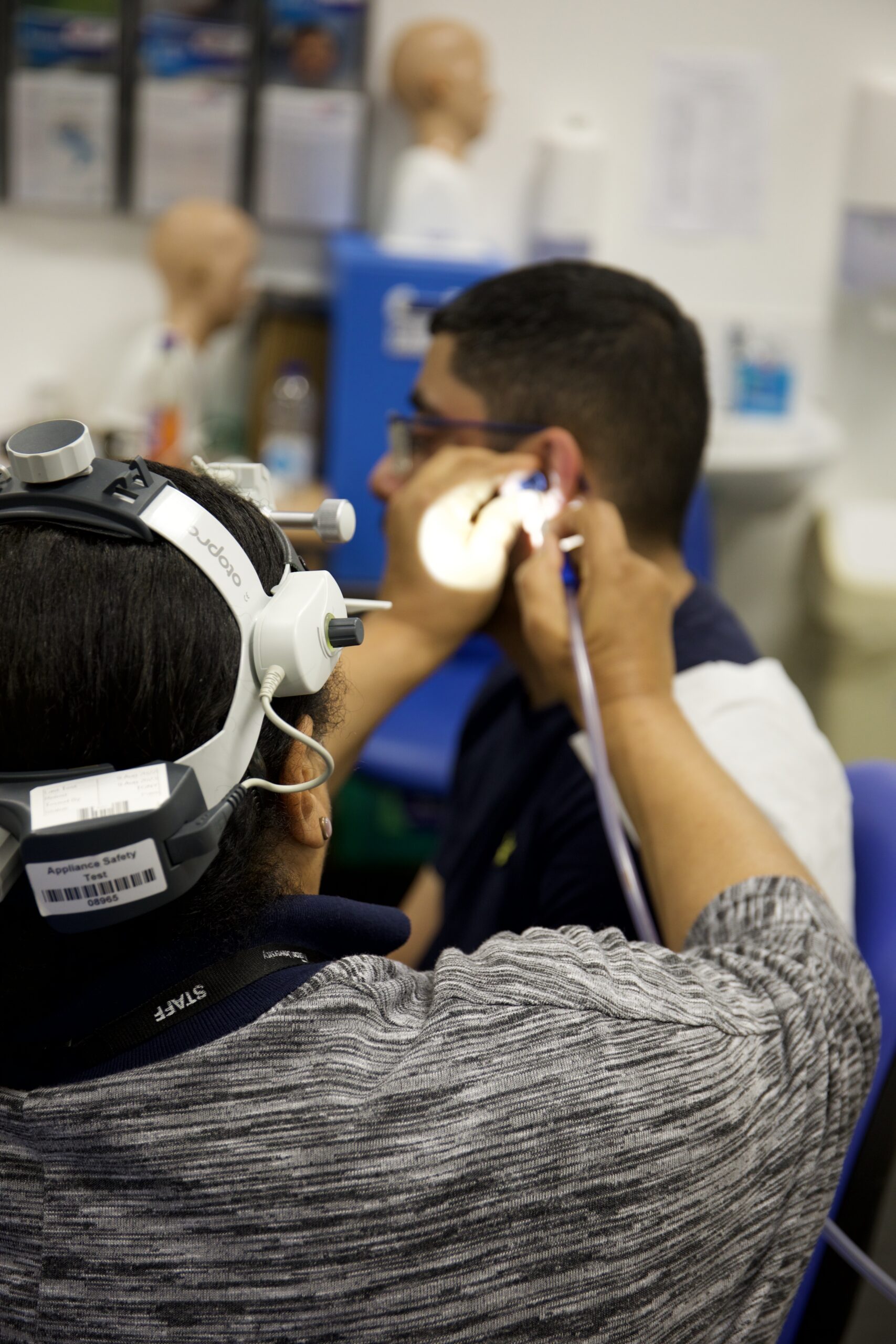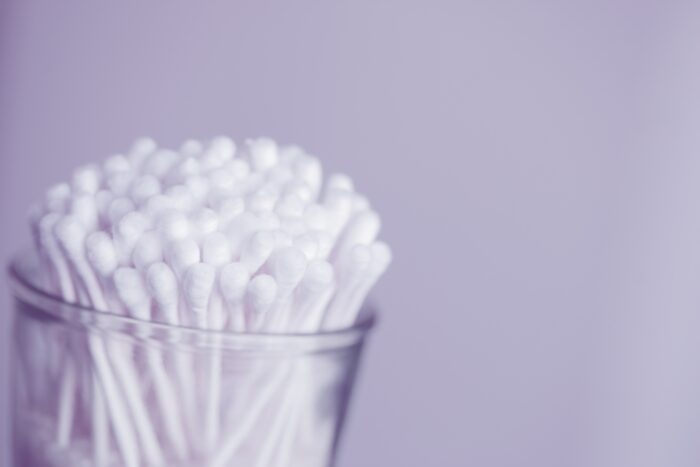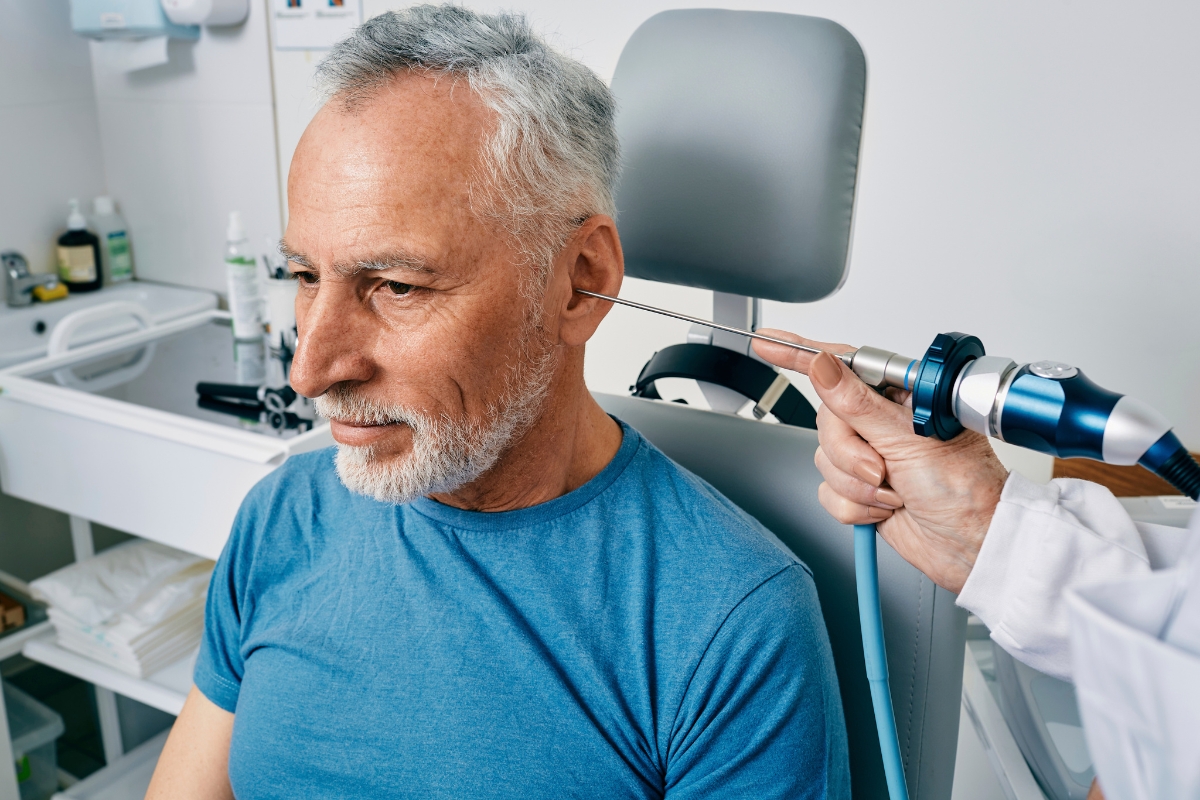Earwax Removal Myths Busted
Earwax removal is a topic that often comes with numerous myths and misconceptions. In this post, we will debunk common earwax removal myths, shedding light on the facts and providing insights into safe practices. Whether you’ve considered earwax removal sprays, questioned the safety of hydrogen peroxide, or believed in the effectiveness of ear candles, it’s time to separate fact from fiction.
The world of earwax removal is rife with misinformation. Let’s start by unravelling some of the most prevalent myths surrounding this common concern. By understanding these myths, you’ll be better equipped to make informed decisions about your ear health.
Hydrogen Peroxide is Harmless
Many commercially available ear drops to remove excess earwax contain hydrogen peroxide. This may cause a bubbling sound as it comes into contact with the earwax1. However, too much peroxide can cause irritation or other issues1.
Hydrogen peroxide is generally safe at low concentrations. However, some people may experience side effects, including1:
- Temporary fizzing or bubbling sensation1
- Bitter taste1
- Temporary pain in the ear1
- Temporary hearing loss1
- Dizziness1
- Tinnitus1
If you are looking for an alternative option without any hydrogen peroxide, Earol Olive Oil Spray is easy to apply, and safe and effective for aiding with the removal of earwax. Insert the spray nozzle into the ear and press the applicator. This releases a precise amount of pharmaceutical-grade olive oil evenly into the ear canal. Massaging the tragus (area in front of the ear) or moving your jaw can help the oil mix with the wax2.
Earwax Never Needs Removal
For most people, earwax usually falls out on its own4. However, sometimes it can build up and block the ears14. A build-up of earwax is a common problem that can sometimes be treated using drops or sprays14. It is recommended you use drops or sprays while lying your head on one side for a few minutes to let the oil work its way through your ear canal(s)4. You may find it easier to do this first thing in the morning and then just before you go to sleep4.

Symptoms of earwax build-up include4:
- Hearing loss4
- Earache or a feeling that your ears are blocked4
- Ringing or buzzing in your ears (tinnitus) 4
- Vertigo (feeling dizzy and sick)4
Using Cotton Swabs is Safe
It can be a common habit — after a shower or getting out of the pool, grabbing a cotton-tipped swab to clean out one’s ears to help get rid of excess water, or to remove what one thinks is earwax build-up3.

And while the cotton swab is the most common instrument, surprisingly, people use other everyday items such as combs, hairpins, pens, pencils, straws and toothpicks, to do the job as well3. However, when you start poking around in your ear, say with your pinkie finger, the corner of a towel, a cotton swab or anything else ‘sub-elbow’ in size, you run the risk of pushing the wax further into your ear, where it congeals, hardens and ultimately blocks the ear13.
Not only do cotton swabs — and those other instruments — not remove earwax, but they can pose a risk of hearing loss3. Using small items of any kind puts us at an increased risk of puncturing the ear drum, which can cause pain, infection, and even long-term hearing loss3.
Ear Candles are Effective & Can Improve Hearing
It’s important to know that ear candling is neither safe nor effective in promoting ear health or removing earwax5. Ear candling involves inserting a hollow, cone-shaped candle which is 10 inches long into the ear canal and lighting it on fire, with the intention of creating a vacuum effect to remove earwax and other impurities5. However, this practice is not supported by scientific evidence and poses several potential risks5.
First and foremost, the process of ear candling is inherently dangerous5. The open flame near the ear can easily cause serious burns to the face, skin, hair, or even the delicate structures within the ear. Additionally, the melted wax and ash from the candle can fall into the ear canal, potentially leading to blockages or further irritation5.
Moreover, ear candling does not effectively remove earwax or provide any therapeutic benefits5. The claimed “vacuum” effect is largely a myth, as studies have demonstrated that the candle does not create enough suction to remove earwax effectively5. In fact, the heat generated by the candle can melt the earwax, making it harder to remove and potentially causing it to further block the ear canal5.
Earwax is a Sign of Poor Hygiene
There’s a common misconception that earwax is a result of poor hygiene. We’ll debunk this myth for you.
Earwax seems to get a pretty bad rap out there, but did you know that it’s actually completely normal? More than normal, in fact, it’s healthy to have wax in your ears and wax plays a crucial role in keeping your ears healthy and free of infection6. Earwax keeps your ears lubricated and itch-free; it traps dirt, and dust and even deters insects from venturing into your ear due to its bitter taste6.
But of course, too much of anything can become problematic, and in some cases, earwax can build up to the point where it causes a blockage, maybe even causing an earache from the pressure in your ear canal6.
Old-fashioned Earwax Removal Myths
Some earwax removal methods have been passed down through generations. We’ll explore old-fashioned methods like using hairpins or sharp objects, and why these practices are outdated and potentially dangerous.
Using Hair Pins or Sharp Objects
The temptation to use household items like hair pins for ear cleaning is common8. Using a hair pin to clean your ear can pose several risks to your ear health, including:
- Injury to the ear canal: inserting a hair pin into the ear canal can cause injury to the delicate tissues within the ear, leading to pain, bleeding, and potential infection8.
- Pushing earwax further into the ear: attempting to remove earwax with a hair pin can push the wax further into the ear canal, potentially causing blockages and hearing loss8.
- Infection: using a non-sterile object like a hair pin to clean your ear can introduce bacteria into the ear canal, increasing the risk of infection8.
- Damage to the eardrum: the eardrum is a delicate membrane that separates the outer and middle ear. Inserting a hair pin too far into the ear canal can damage the eardrum, leading to hearing loss and other complications8.
Overall, it is not recommended to use a hair pin or any other non-sterile object for ear cleaning. It is best to stick to safer and more effective methods for ear cleaning, such as Earol for a safe and gentle aid to wax removal.

Irrigating the Ear with Water
Ear irrigation involves using water, saline, or oil to clear out extra wax in your ear. While it’s generally a safe process, it’s not uncommon to experience some dizziness and other symptoms afterward9.
Risks of ear irrigation9:
- Ear infection9
- Perforated eardrum9
- Other complications such as Vertigo and Deafness9
The Safest Way to Remove Wax from Ears
The only way to know for sure—and to remove the earwax safely from the affected ear—is to see a physician or your hearing healthcare professional for ear cleaning10. Please note that it is never appropriate to try and remove the earwax yourself using a cotton swab, baby oil, or hydrogen peroxide10. Not only could you accidentally puncture your eardrum or push the earwax deeper into the canal and cause impaction, removing this natural protective lubricant can lead to the development of dry, itchy ears10. It’s best to let a professional determine whether or not your ears need a more thorough cleaning beyond what you can safely do with a warm washcloth10.
When Should I Visit a Doctor for Earwax Build-Up?
You should also see your doctor or audiologist if you’re experiencing any drainage or bleeding from your ear, or are dealing with significant pain since another problem could be causing these symptoms11.
Earwax blockage that has no symptoms can sometimes clear on its own. However, if you have signs and symptoms of earwax blockage, talk to your healthcare provider or audiologist12.
Signs and symptoms may signal another condition. There’s no way to know if you have too much earwax without having someone, usually your healthcare provider or audiologist, look in your ears. Having signs and symptoms, such as earache or hearing loss, doesn’t always mean you have wax buildup. You may have another health condition that needs attention12.
Wax removal is most safely done by a healthcare professional12. Your ear canal and eardrum are delicate and can be damaged easily. Don’t try to remove earwax yourself by putting anything in your ear canal, such as a cotton swab, especially if you have had ear surgery, have a hole (perforation) in your eardrum, or are having ear pain or drainage12
Armed with accurate information, you can now make informed decisions about earwax removal. From debunking common myths to highlighting safe practices, this guide aims to empower you in prioritizing your ear health. Remember, when in doubt, consult with a healthcare professional for personalized advice tailored to your unique situation.
References
1 Too much hydrogen peroxide in ear: Risks, safety, treatment, and more (no date) Medical News Today. Available at: https://www.medicalnewstoday.com/articles/too-much-hydrogen-peroxide-in-ear (Accessed: 05 December 2023).
2 Hello@hakedigital.com (2023) Safely removing earwax: Olive oil vs hydrogen peroxide, Earol®. Available at: https://earol.co.uk/ear-wax-removal/safely-removing-earwax-olive-oil-vs-hydrogen-peroxide/ (Accessed: 05 December 2023).
3 Time to quit removing wax from our ears (no date) pennmedicine.org. Available at: https://www.pennmedicine.org/news/news-blog/2022/october/time-to-quit-removing-wax-from-our-ears (Accessed: 05 December 2023).
4 (No date) NHS choices. Available at: https://www.nhs.uk/conditions/earwax-build-up/ (Accessed: 05 December 2023).
5 Ear candling: Does it really remove ear wax?: Hearing care (2023) South East Hearing Care Centres. Available at: https://www.hearingcarecentres.co.uk/does-ear-candling-remove-ear-wax/#:~:text=The%20hearing%20charity%20Action%20on,“both%20dangerous%20and%20ineffective”. (Accessed: 05 December 2023).
6 Webmaster (2021) Myths about ear wax – fact or fiction on Ear Health, Earworx. Available at: https://www.earworx.com.au/myths-about-ear-wax/ (Accessed: 05 December 2023).
7 UAMS Health (2019) Can blowing smoke into a child’s ear cure an ear infection or is it dangerous?, UAMS Health. Available at: https://uamshealth.com/medical-myths/can-blowing-smoke-into-a-childs-ear-cure-an-ear-infection-or-is-it-dangerous/#:~:text=Blowing%20smoke%20into%20a%20child%27s%20ear%20will%20do%20nothing%20to,harm%20to%20the%20ear%20either. (Accessed: 05 December 2023).
8 ScopeAround (2023) Is cleaning your ears with a Bobby Pin bad?, ScopeAround. Available at: https://scopearound.com/blogs/blog/is-cleaning-your-ears-with-a-bobby-pin-bad (Accessed: 05 December 2023).
9 Gabbey, A.E. (2023) Ear Irrigation: Purpose, procedures and risks, Healthline. Available at: https://www.healthline.com/health/ear-irrigation#_noHeaderPrefixedContent (Accessed: 05 December 2023).
10 Clason, D. (2022) Why do my ears feel clogged?, Healthy Hearing. Available at: https://www.healthyhearing.com/report/52879-Why-do-my-ears-feel-clogged#:~:text=Tilt%20your%20head%20sideways%20and,stuffy%20ears%20on%20an%20airplane. (Accessed: 05 December 2023).
11 Tara Morrison, M. (2023) Ear Wax Removal: Reasons, risks, and when to see a doctor, Houston Ear Nose Throat & Allergy. Available at: https://www.houstonent.com/blog/ear-wax-removal-reasons-risks-and-when-to-see-a-doctor#:~:text=If%20ear%20wax%20removal%20at,will%20help%20soften%20the%20wax. (Accessed: 05 December 2023).
12 Earwax blockage (no date) Mayo Clinic. Available at: https://www.mayoclinic.org/diseases-conditions/earwax-blockage/symptoms-causes/syc-20353004#:~:text=in%20the%20ear-,When%20to%20see%20a%20doctor,symptoms%20may%20signal%20another%20condition. (Accessed: 05 December 2023).
13 Don’t put anything smaller than your elbow in your ear! good advice (2019) Hearing Aid Know. Available at: https://www.hearingaidknow.com/nothing-smaller-than-your-elbow (Accessed: 04 January 2024).
14 Earwax build-up (1BC) NHS inform. Available at: https://www.nhsinform.scot/illnesses-and-conditions/ears-nose-and-throat/earwax-build-up/ (Accessed: 17 January 2024).





